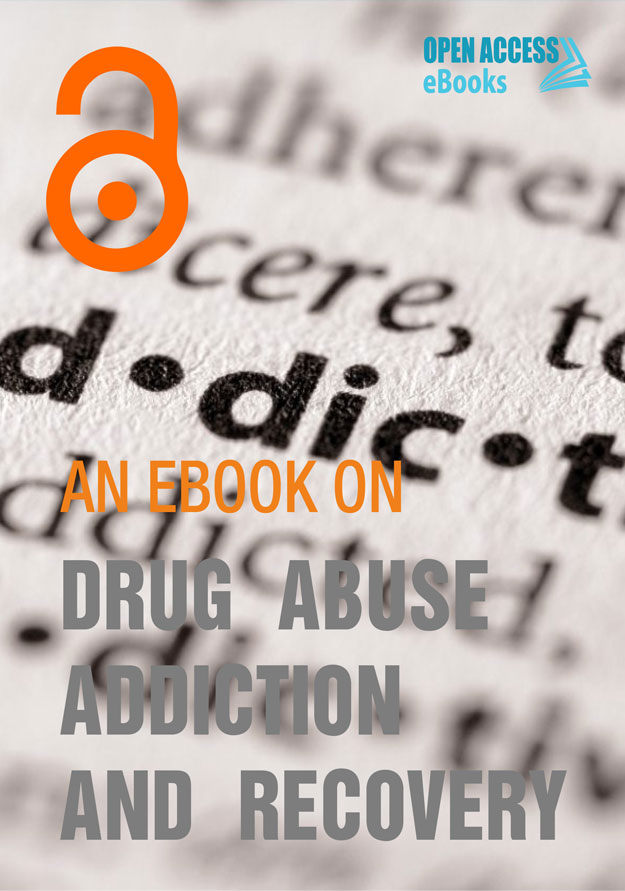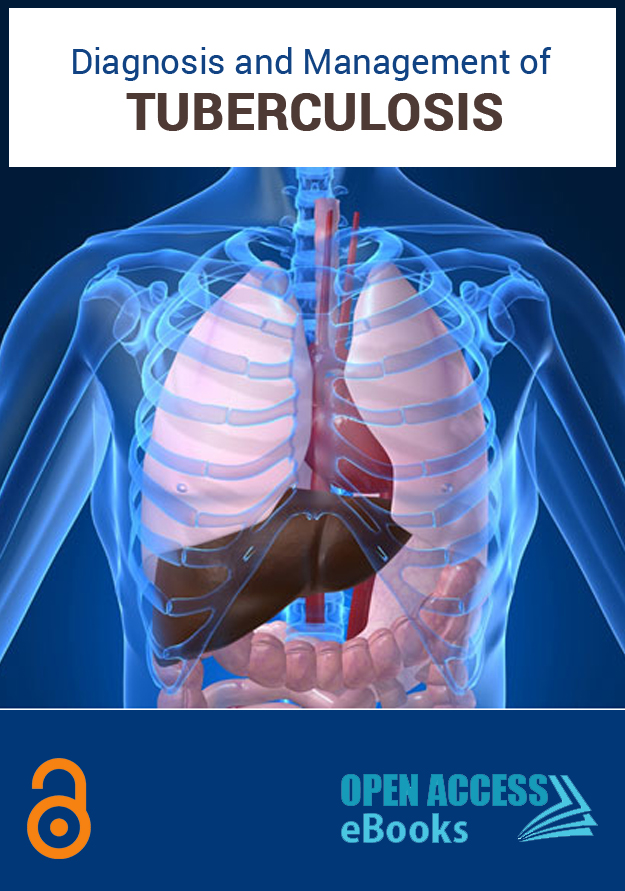
ISBN: 978-81-935757-9-6
Editors:
1. Eva Guilherme
2. Isabel C. Pinto
3. Catarina Cardoso Tomás
4. Fátima Roque
5. Meera Vaswani
6. Nahla Nagy
7. Marcello Maviglia
Drug abuse is nothing but drug addiction. It is a chronic disease which leads the patients to reuse/return to use the drug extremely. But the immense or extreme use of drug results in changes in structure and function of brain and they lose their voluntary control/ Self control on their body and they cannot make their own decisions. Open Access eBooks is inviting researchers to submit their book chapter for the publication in volume 1 of an eBook DRUG ABUSE: ADDICTION AND RECOVERY.
All received book chapters undergo review process and are published on our website in PDF and HTML formats.
Benefits of publishing with us:
Universal Access: eBooks published in Open Access eBooks gain international visibility. No region barriers and content is accessed by everyone across the world from our website. We also deposit published eBooks in different databases.
Freely Available: Open Access eBooks follows the principles of Open Access and the content is available to the readers without any cost. Readers can read, share, and store the published ebooks/book chapters.
Copyright with Authors: As an eBook publisher, we serve researchers in publishing their valuable work after the stringent review process. However, copyright lies with authors. We follow the CC-BY-NC-ND license (https://creativecommons.org/licenses/by-nc-nd/3.0/).
Different Formats: We provide eBooks in PDF and HTML formats. Both formats are user friendly and can act as per the user requirements. We put our efforts to provide other formats in future.
For more information, contact info@openaccessebooks.com
Published Chapters:
Neurobiology of addiction
Author(s): Omar Walid Muquebil Ali Al Shaban Rodriguez*; Maria Aida Fernandez Menendez
Drug addiction can be considered a chronic brain disease that affects neurotransmission between circuits of neurons that control behaviour, emotion and cognition; which is characterised by an excessive engagement in drug use, unsuccessful attempts in controlling drug intake, an increase in anxiety and emotional pain, and inaccurate beliefs about drug use. The neurobiological basis of drug addiction is supported by recent advances in neuroimaging procedures, such as Functional magnetic resonance imaging (fMRI), and new findings on the neurobiology of addiction, that have made possible to gather important information around the neurological processes underlying the disruptions in emotional regulation and decision making presented in people with drug addiction.
Licit Drug Withdrawal: Symptoms and Treatments
Author(s): Priscila Fernandes Silva; Jaquelinne Pinheiro-da-Silva; Ana Carolina Luchiari*
Abstinence is the deprivation of previously abused substances that lead to addiction. The long-term and excessive use of a drug causes different biochemical and neurophysiological changes. After addiction is established, deprivation causes withdrawal, whose symptoms, duration and degree vary among substances. Common symptoms include anxiety, depression, tremors, impaired thinking, and changes in autonomic nervous system functioning (tachycardia, sweating, vomiting). The most widely used licit drugs of abuse are alcohol and nicotine, and although both are considered psychoactive substances, abstinence from each differs in both neurophysiological and behavioral terms. When substance use is deemed abusive and intervention is necessary, treatment includes medical care and medication to decrease symptoms, avoid complications, and prevent patient craving. A number of prescription drugs are available for the treatment of addiction and withdrawal from alcohol and nicotine. Although treatment for more severe cases may help significantly, most individuals abandon treatment and relapse. Thus, new approaches and experimental tests have been developed in order to expand knowledge about the systemic effects of abusive drugs and alternatives to rehabilitation treatments. In this respect, this chapter intends to review the state of the art in the study of addiction and abstinence from alcohol and nicotine, and propose alternatives for addiction and abstinence treatment.
Abuse Deterrent Formulations for Reducing Misuse and Abuse of Prescription Opioids
Author(s): Ziyaur Rahman*; Sathish Dharani; Naseem A. Charoo; Mohammad T. Nutan; Mansoor A. Khan
Opioids abuse is an epidemic problem in the US, which can be gauged by consumption level. The US constitutes 5% of world population but consumes 75-80% of global opioids. Prescription opioid abuse has negative consequences on social and economic indicators. FDA has also taken a lead among other federal agencies in combating the prescription abuse by promoting the abuse deterrent formulations (ADFs). ADFs have properties that deter the abuse of prescription opioids. Although they are 5- to 15-times more expensive than non-ADFs brand and generic opioid products, their effectiveness in preventing abuse, death and diversion is limited as shown by the published data. This chapter reviews the steps taken at federal and state agencies, and ADFs status, and their advantage and disadvantage.
Khat (Catha Edulis) Addiction, Effects on General Body Health and Interventional Remedial Measures
Author(s): Albert W Nyongesa*; Jemimah A Oduma; Dominic O Okelo; Sanika Chirwa
The use of khat among communities where it is grown has been largely linked to socio-cultural norms and complicated by economic values. Day-to-day use of khat leads to a build-up of catecholamine and indolamine substances in synaptic clefts of neurons within the reward centers of the limbic system which, with chronicity of exposure, subsequently necessitate addiction. As a psychoactive substance, its metabolism in the body culminates into impairment of body functional systems including learning and cognitive function, oral health, cardiovascular and digestive complications and, most importantly, reproductive function. Most studies in these areas have delved mostly on adverse effects during use, including addiction.


